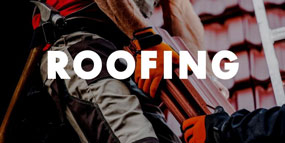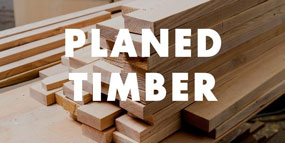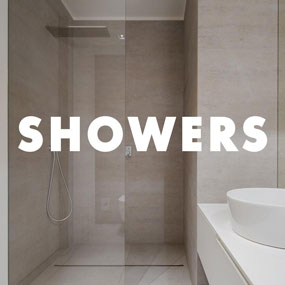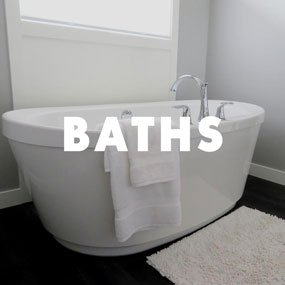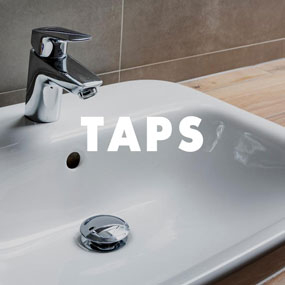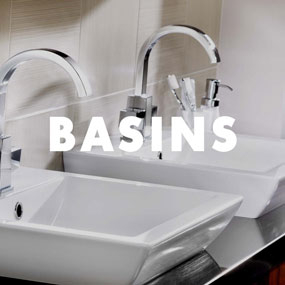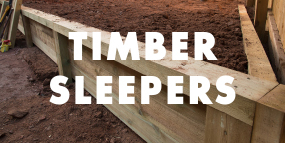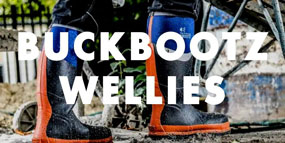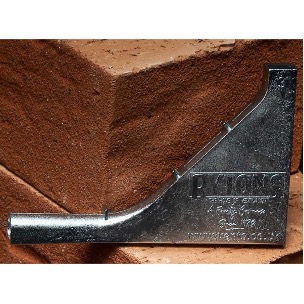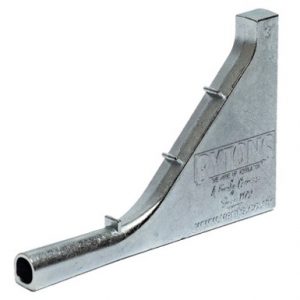Weep holes are built into the structure of buildings and deliver necessary ventilation for the internal wall cavity. They are also critical to drain water that may have entered the cavity via condensation, building damage or capillary action. This is essential to prevent water transferring to the inner leaf, inevitably leading to damp.
Weep holes can often attract wasps and bees for nesting, so they must be maintained with suitable and regulation-following weep vents – allowing air to flow, water to drain and keeping unwanted bugs out.
Building Regulations Document B has extended the ban on combustible materials to more residential constructions in England, rather than just high-rise – strengthening fire safety standards.
The new guidance covers weep vents that pass through to the outer surfaces of walls, meaning more low and mid-rise projects require non-combustible metal vents, rather than the traditional plastic components. Summarised, the regulation updates now applies to:
Buildings where people sleep on the premises (residential, institutional or hospitality).
High-rise buildings with a storey 18m high or more:
- Including hotels, hostels, boarding houses, joining apartments, student accommodation, care homes, sheltered housing, hospitals and dormitories.
Relevant buildings require materials forming part of the external walls to be non-combustible, including weep vents.
Mid-rise buildings more than 11m high:
As cavity weep hole ducts pass through the outer surface, non-combustible components will be required.
Houses, mid-rise and low-rise buildings, 11m high or less:
The external surfaces of external walls within 1m of the relevant boundary should comply with the latest regulations – so a non-combustible weep hole duct will be required here.
Rytons A1 Fire-rated Metal Rytweep Cavity Weep Vent is completely non-combustible and can be used for any of the above specifications. The concealed cavity weep hole duct is protected by a two-part electroplated coating. The weep vent is quick and easy to position as work is completed and is virtually invisible within the mortar joint or appearance of the brickwork.

